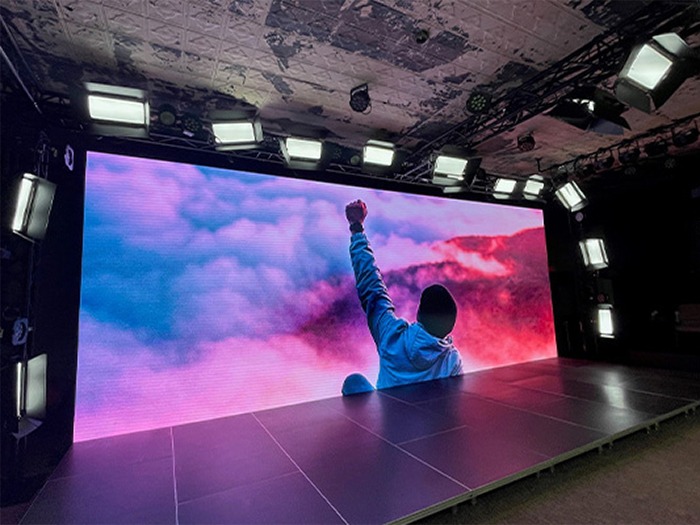Mastering Color Accuracy in Light Emitting Diode Wall Adjustment for Stunning Visual Displays
Color precision is crucial for producing breathtaking graphic presentations, particularly when employing LED walls. These large screens are commonly found in locations like music venues, sports arenas, and promotional billboards. When the hues on an LED screen are not accurate, the visuals can look flat or warped, which can impact the overall impression for viewers. Therefore, perfecting color precision in LED screen calibration is vital for achieving lively and true-to-life images.The initial step in guaranteeing color accuracy is understanding how LED technology works. LEDs, or light-emitting diodes, generate light in multiple shades by combining red, green, and blue (RGB) light. Each pixel on an LED wall is made up of these three colors. When tuned properly, the mix of RGB can create a wide range of colors. However, if one hue is too intense or too faint, it can throw off the entire screen. This is why tuning is necessary to balance the hues and reach the intended visual effect.
Calibration entails modifying the settings of the LED screen to ensure that the colors shown correspond the initial content as nearby as feasible. This process usually includes using specific software and hardware instruments. Technicians often use color assessment devices, such as spectrophotometers, to analyze the hues being displayed. By contrasting the assessed colors to standard color values, they can make exact adjustments. This ensures that the hues are not only vibrant but also uniform across the whole screen.
Another crucial aspect of color precision is understanding the surroundings in which the LED screen is employed. Elements such as ambient light can considerably impact how hues appear. For example, a this link well-lit illuminated room may wash out colors, making them look not as vibrant. To counteract this, technicians may adjust the luminosity and differentiation settings of the LED screen. Additionally, they may choose particular color profiles that are more suited for various lighting conditions. This flexibility helps maintain color precision regardless of the observing surroundings.

Finally, regular maintenance and recalibration are crucial for maintaining an LED wall looking its best. Over time, the functionality of LEDs can alter due to factors like degradation and heat fluctuations. Regular checks and modifications can help guarantee that the colors remain accurate and vibrant. By investing time in appropriate tuning and upkeep, venues can offer viewers with breathtaking graphic displays that improve their overall experience. Perfecting color precision in LED wall tuning is not just a mechanical task; it is an expertise that adds to the magic of visual narration.